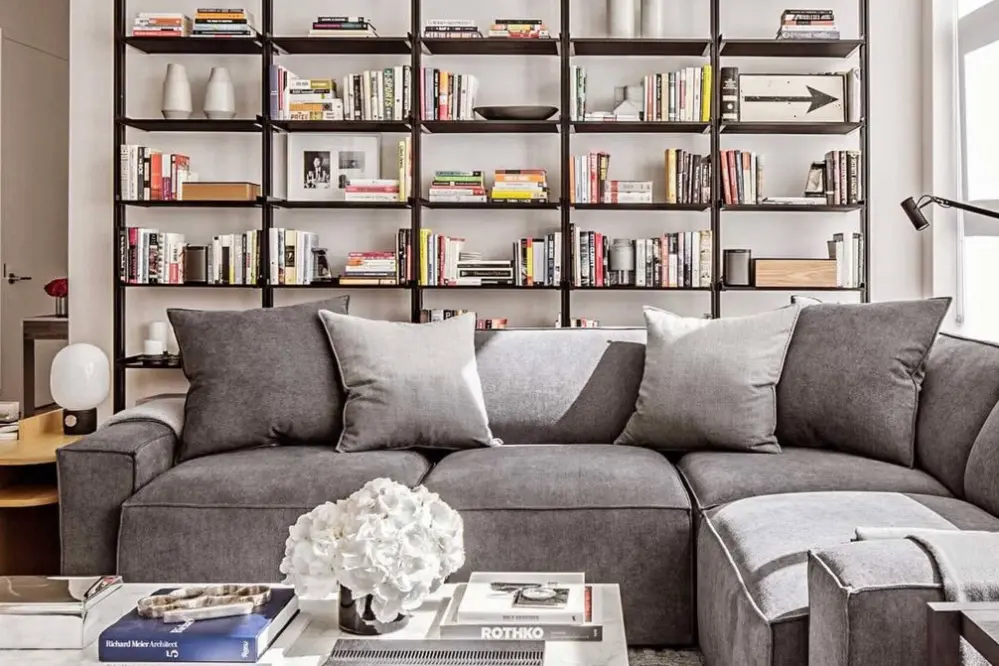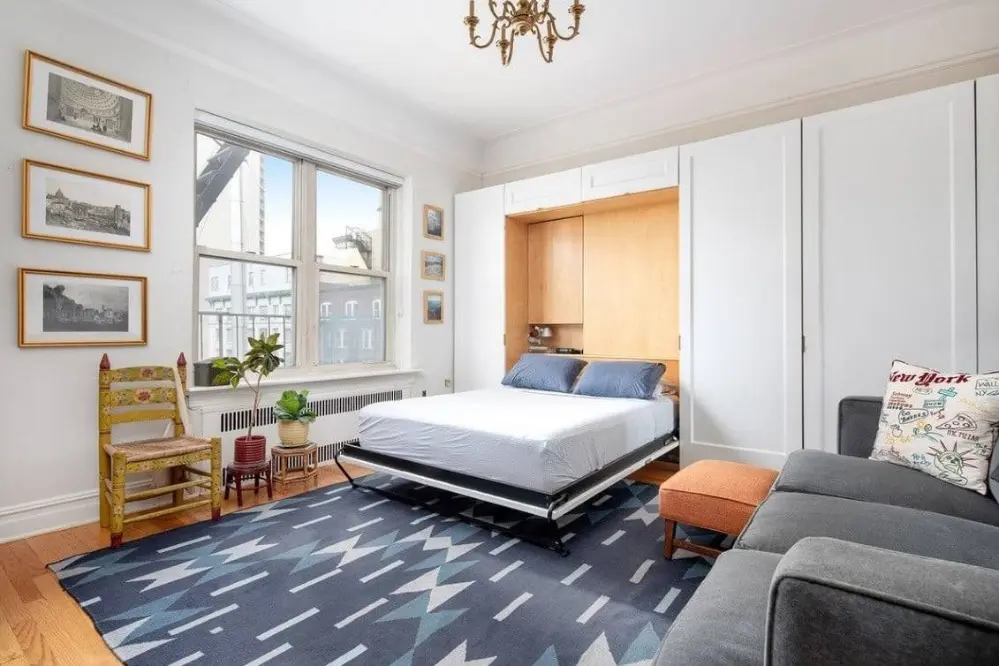Maximizing Small Spaces
Team Avasa • 2024-09-10 • Color Psychology

Living large in a small space requires strategic design. Start with a decluttering session—adopt the “one in, one out” rule to prevent accumulation. Next, prioritize multifunctional furniture: a storage ottoman doubles as seating and a coffee table, while a fold-down desk creates a workspace that vanishes post-work hours. Murphy beds, like those from Resource Furniture, are ideal for studio apartments, transforming bedrooms into living areas by day.

Vertical space is your ally. Install floor-to-ceiling shelves for books and decor, or use wall-mounted planters to add greenery without sacrificing surface area. Magnetic strips in kitchens hold knives and spices, freeing up drawer space. In bathrooms, over-the-toilet cabinets or shower caddies maximize storage.

Light and color play pivotal roles. Paint walls in soft whites or pale grays to amplify brightness, then add depth with a bold accent wall or vibrant artwork. Mirrors placed opposite windows bounce light around the room, creating an illusion of spaciousness. For flooring, large-format tiles or continuous hardwood planks minimize visual fragmentation.

Smart technology streamlines small-space living. Robotic vacuums navigate tight corners, while voice-controlled lighting eliminates the need for bulky switches. Finally, embrace adaptability: wheeled carts serve as mobile bars or kitchen islands, and modular shelving can be reconfigured as needs change. Remember, constraint breeds creativity!

